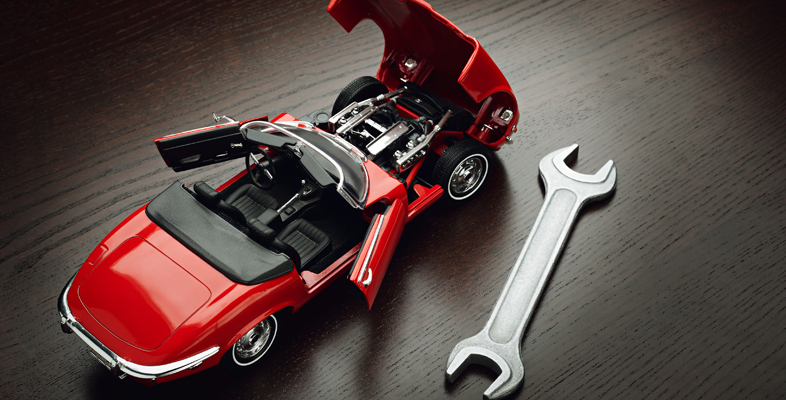1.1 Materials use in the manufacture of toys
There have been impressive advances in the design and manufacture of toys over the past few decades. These advances have been driven by the rapid development of material science and electricity storage systems, such as lithium ion batteries.
If you were born a few hundred years ago, your childhood toys would not have been dissimilar to those used by children thousands of years ago. For tens of thousands of years, children played with the objects they could find in nature, such as twigs, stones or animal parts like bones, skins or internal organs of animals. For example, dice may have originated from throwing sheep’s knucklebones (Figure 1), and an inflated pig’s bladder was used as a playing ball.
Today, toys are far more sophisticated, and many of the toys available now could not have been envisioned by previous generations. One example is shown in Figure 2. Most of these advances in toy manufacture have occurred within the last century.

Recent technological advances in materials engineering and mass production have made toys more affordable. Prior to the invention of synthetic plastics, toys such as dolls and other play figures were handmade using porcelain, wood and bone, or mass-produced using tin and lead. These toys were relatively expensive and therefore less readily available. Modern materials have allowed toys to be mass-produced at vastly reduced cost, such as the play figures shown in Figure 3.
In this course, inventions and developments leading to the evolution of toy design are used as examples to highlight the effect of materials engineering on modern life.


